-
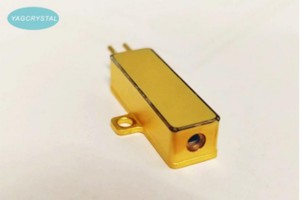
100uJ Erbium Glass Microlaser
This laser is mainly used for cutting and marking non-metallic materials. Its wavelength range is wider and can cover the visible light range, so more kinds of materials can be processed, and the effect is more ideal. -
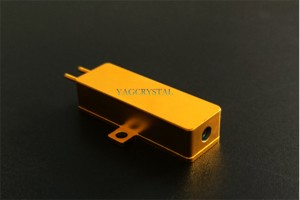
200uJ Erbium Glass Microlaser
Erbium glass microlasers have important applications in laser communication. Erbium glass microlasers can generate laser light with a wavelength of 1.5 microns, which is the transmission window of optical fiber, so it has high transmission efficiency and transmission distance. -
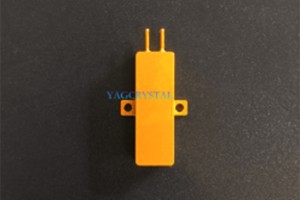
300uJ Erbium Glass Microlaser
Erbium glass micro lasers and semiconductor lasers are two different types of lasers, and the differences between them are mainly reflected in the working principle, application field and performance. -
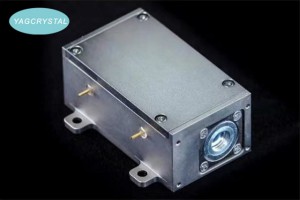
2mJ Erbium Glass Microlaser
With the development of Erbium glass laser,and it is an important type of micro laser right now , which has different application advantages in different fields. -
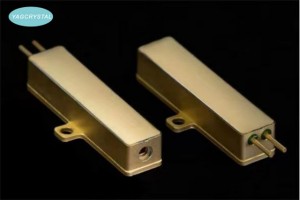
500uJ Erbium Glass Microlaser
Erbium glass microlaser is a very important type of laser, and its development history has gone through several stages. -
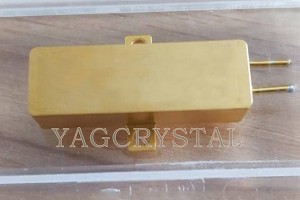
Erbium Glass Micro laser
In recent years, with the gradual increase in the application demand for medium and long-distance eye-safe laser ranging equipment, higher requirements have been put forward for the indicators of bait glass lasers, especially the problem that the mass production of mJ-level high-energy products cannot be realized in China at present. ,waiting to be solved. -
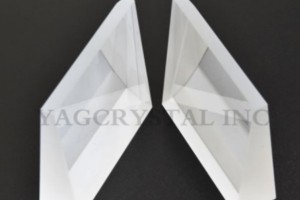
Wedge Prisms Are Optical Prisms With Inclined Surfaces
Wedge Mirror Optical Wedge Wedge Angle Features Detailed Description:
Wedge prisms (also known as wedge prisms) are optical prisms with inclined surfaces, which are mainly used in the optical field for beam control and offset. The inclination angles of the two sides of the wedge prism are relatively small. -
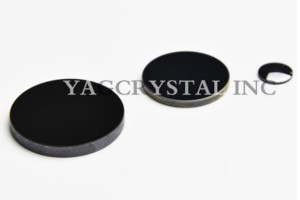
Ze Windows–as Long-wave Pass Filters
The wide light transmission range of germanium material and the light opacity in the visible light band can also be used as long-wave pass filters for waves with wavelengths greater than 2 µm. In addition, germanium is inert to air, water, alkalis and many acids. The light-transmitting properties of germanium are extremely sensitive to temperature; in fact, germanium becomes so absorbing at 100 °C that it is almost opaque, and at 200 °C it is completely opaque. -
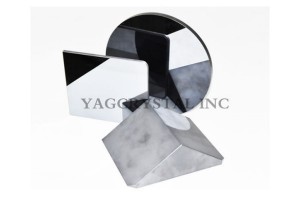
Si Windows–low Density ( Its Density Is Half That Of Germanium Material )
Silicon windows can be divided into two types: coated and uncoated, and processed according to customer requirements. It is suitable for near-infrared bands in the 1.2-8μm region. Because silicon material has the characteristics of low density (its density is half that of germanium material or zinc selenide material), it is especially suitable for some occasions that are sensitive to weight requirements, especially in the 3-5um band. Silicon has a Knoop hardness of 1150, which is harder than germanium and less brittle than germanium. However, due to its strong absorption band at 9um, it is not suitable for CO2 laser transmission applications. -
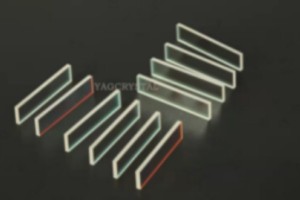
Sapphire Windows–good Optical Transmittance Characteristics
Sapphire windows have good optical transmittance characteristics, high mechanical properties, and high temperature resistance. They are very suitable for sapphire optical windows, and sapphire windows have become high-end products of optical windows. -
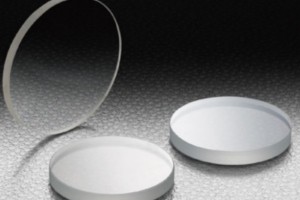
CaF2 Windows–light Transmission Performance From Ultraviolet 135nm~9um
Calcium fluoride has a wide range of uses. From the perspective of optical performance, it has very good light transmission performance from ultraviolet 135nm~9um. -
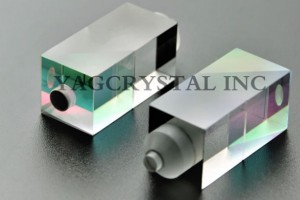
Prisms Glued–The Commonly Used Lens Gluing Method
The gluing of optical prisms is mainly based on the use of optical industry standard glue (colorless and transparent, with a transmittance greater than 90% in the specified optical range). Optical bonding on optical glass surfaces. Widely used in bonding lenses, prisms, mirrors and terminating or splicing optical fibers in military, aerospace and industrial optics. Meets MIL-A-3920 military standard for optical bonding materials.













